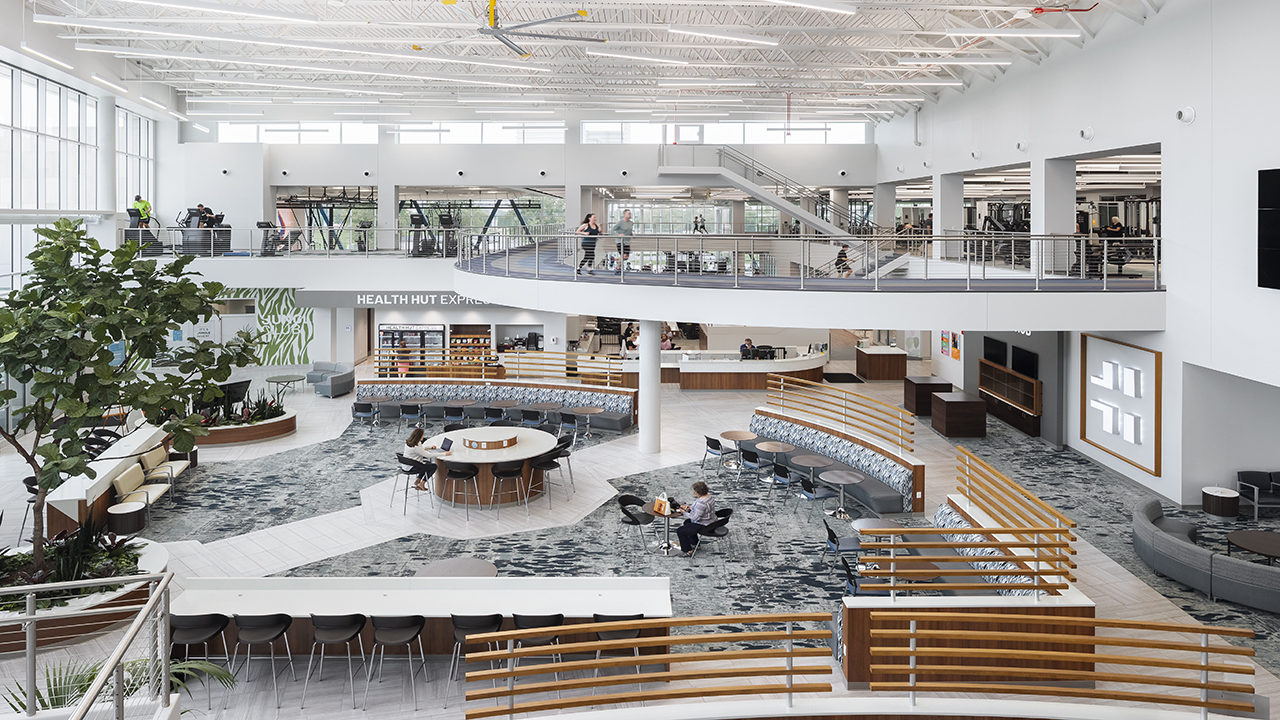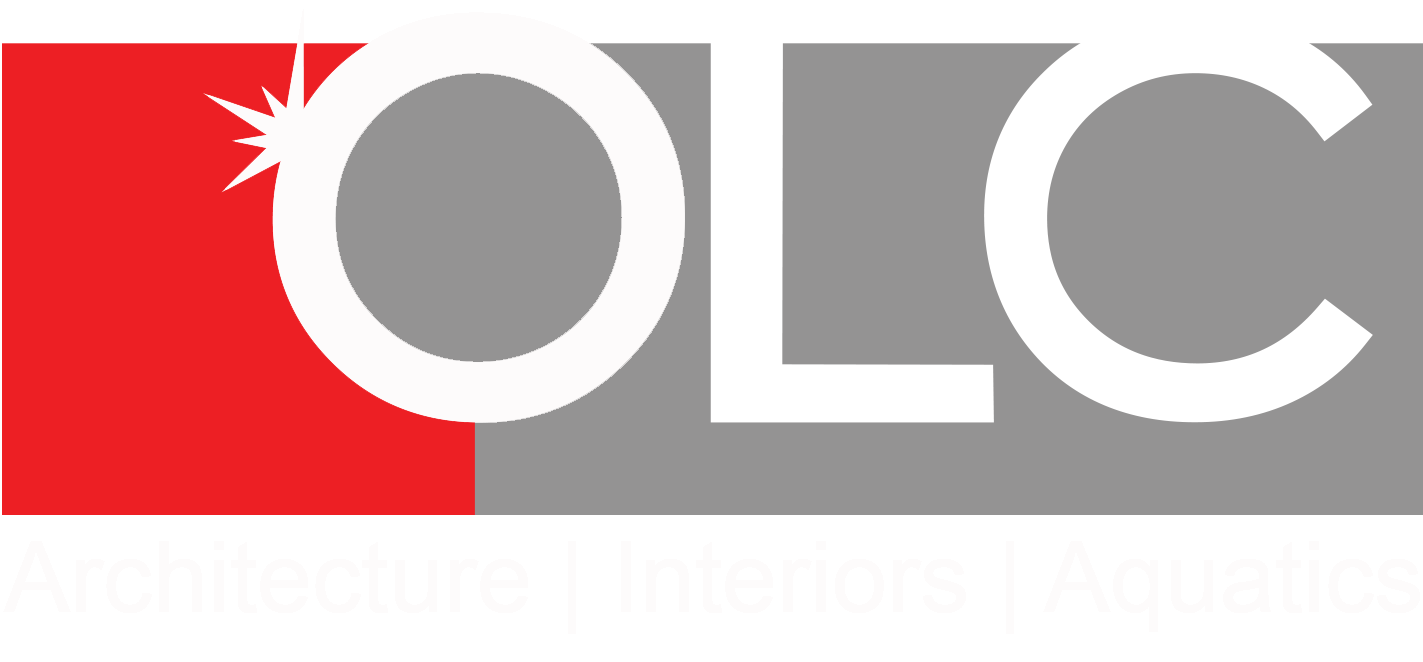
10 Feb Optimizing Indoor Walking and Jogging Tracks for the Club Industry
By Hervey Lavoie, 2 Feb 2022
Dedicated runners and walkers will always prefer the real thing, traversing the countryside or the cityscape in real weather and on the hard ground. Throw some natural surroundings into the mix and most runners and walkers will find little reason to bring their miles indoors. Runners and walkers comprise a significant percentage of the population who exercise regularly but do not belong to fitness clubs. I know these people well because, for many years, I was one of them. The idea of running on a treadmill or doing repeated loops on a boring indoor track is not appealing to this group and has never appealed to me as a runner and a designer.
The makers of modern treadmills have done a marvelous job of attracting this elusive group of non-joiners by turning what could be a gerbil-like routine into an entertaining and informative experience complete with miles run, calories burned, and heart rate maintained — all while watching the evening news or checking email, a modern multi-tasking win/win.
Even with the hi-tech bells and whistles available on treadmills and ellipticals, there will always be those runners and walkers who can only be lured inside by a well-designed indoor track. What follows here, draws on my experience as a runner and a designer to share some thoughts on what makes a superior indoor walk/jog experience.
How Wide? Walkers often pair up and walk side by side, chatting as they go. A 7.5 ft wide track will allow a runner to comfortably pass them. Anything narrower is a compromise. Anything wider is an extravagance. Consider the two inside lanes at 2.5 ft each to be walking lanes and the single outside lane to be the jogging/passing lane.
How Long? Anything shorter than fifteen laps per mile (2650 SF) will be a brain-numbing experience and quite possibly a bit hurtful at a joint pounding sixty turns per mile. Anything longer than eight laps per mile (5000 SF) becomes difficult to work into an efficient building plan and is overkill. Given the universal runner/walker desire to track time and distance, it is particularly important that the length of the loop be consistent with a whole number of laps per mile. No one wants to do the math on a track that is 11.64 laps per mile.
Surfacing: Many options are available for indoor track surfacing. Find the one that best fits your needs relative to cost, appearance and performance, but make sure you understand how the surface must be cleaned. Some rubber flooring products require expensive cleaning machinery to be properly maintained. These machines need to be stored and maintained.
Corners: Never go sharper than 90 degrees and always try to maintain a minimum corner radius of 12 ft for the inside edge of the inside lane. This will produce a 17 ft radius for the inside edge of the jogging lane. It is not necessary to provide banking for the walking lanes at the corners. Banking of the jogging lane is optional and, if provided, need not be more than 2-1/2 inches of cross slope per lane.
Buffer zones: It is prudent to provide a 4-inch safety buffer from the edge of the lane to any vertical obstruction, such as a column, which may exist along the inside or outside of the perimeter of the track. Where the track circles a fitness floor at the same level, it is best to provide a safety rail along the inside edge of the track so that fitness users do not inadvertently stepping out into the path of moving bodies.
Crossings: If possible, it is always best to avoid track crossings, but wherever it is necessary to allow crossing circulation, be sure that the crosswalk is clearly marked by contrasting floor marking and that blind corners are not created by adjacent walls or columns. All tracks must be designed as two-way flow – clockwise one day and counterclockwise the next.
Routing and Views: The walker/runner experience can be enriched by routing the track to overlook club features such as lobby, pools, fitness, gymnasium, and other club attractions. A well-designed track will serve as a virtual club touring loop from which your sales staff can point out club features to prospective new members. Be sure to include places along the track where it is possible to step out of the line of traffic and pause for an unhurried overlook.
Structural options: The common solution of hanging a track from overhead long-span roof joists as it circles above a gymnasium is of questionable wisdom. This approach creates significant structural complexity, fireproofing issues and an inside railing that is cluttered with vertical hanger posts. Cantilevered column brackets are an alternative that will improve the user experience and simplify the roof structure.
A well-thought-out indoor running loop could turn out to be the decisive tiebreaker in persuading an on-the-fence member prospect who is an avid outdoor runner to come in from the cold and join your club!

